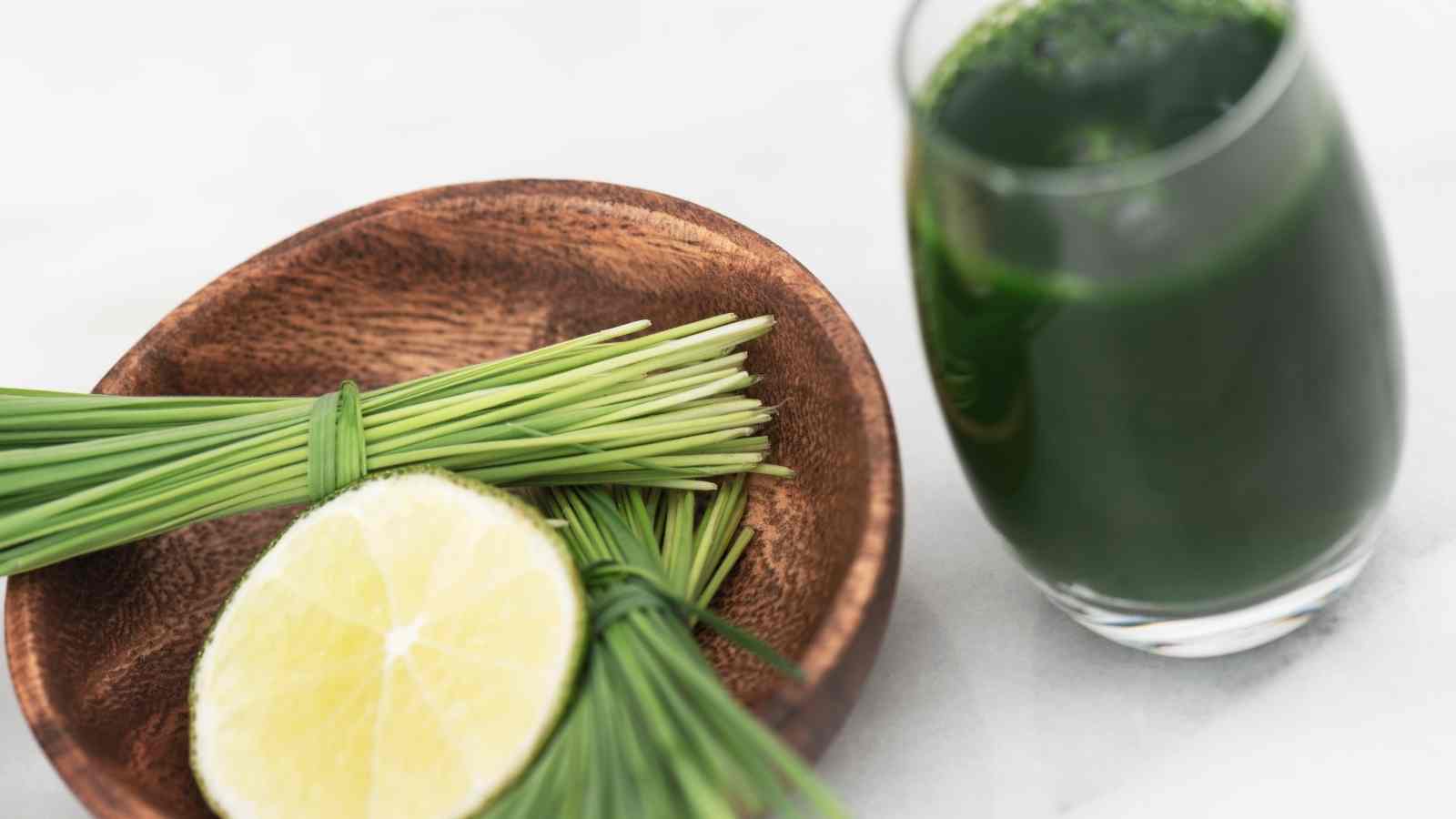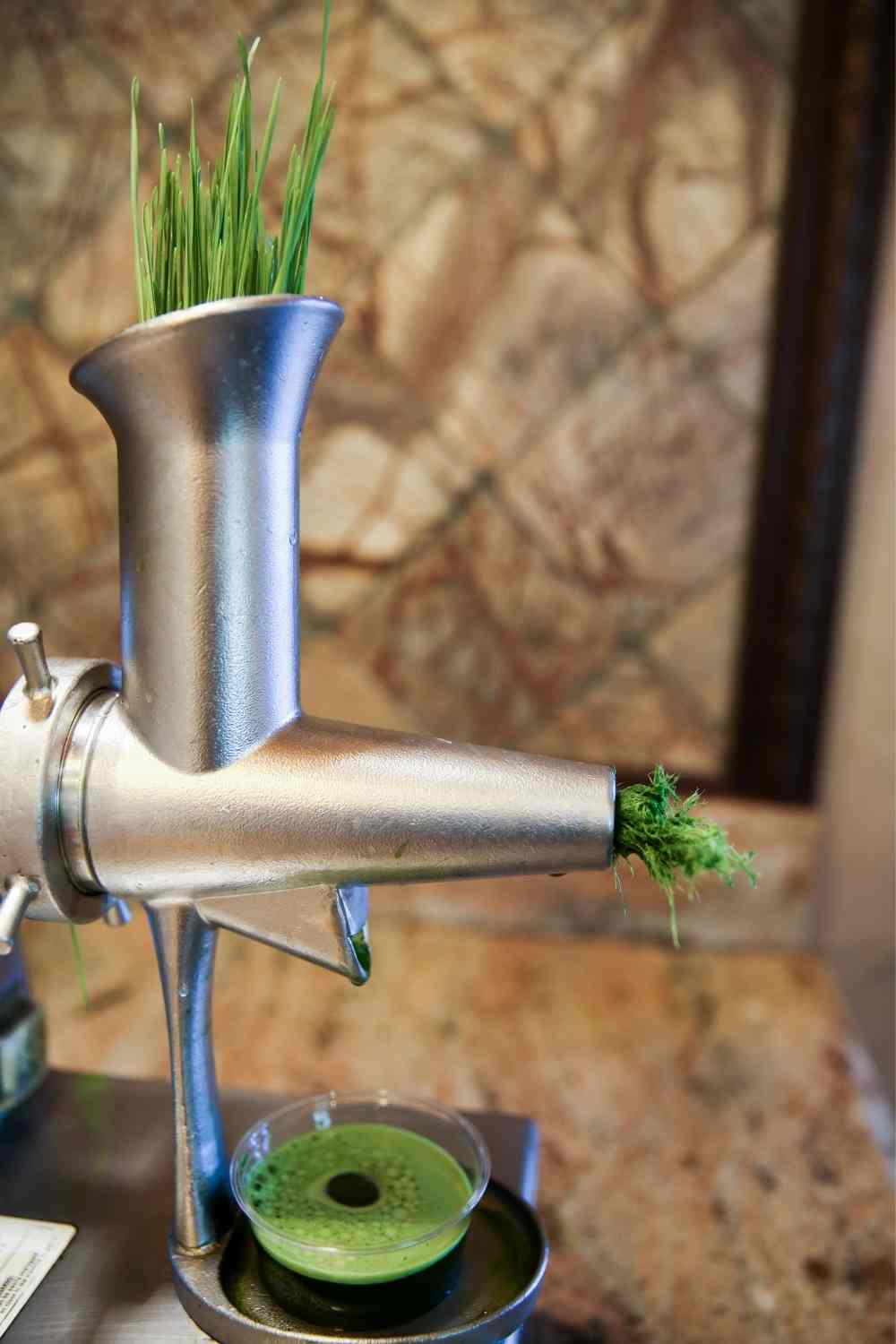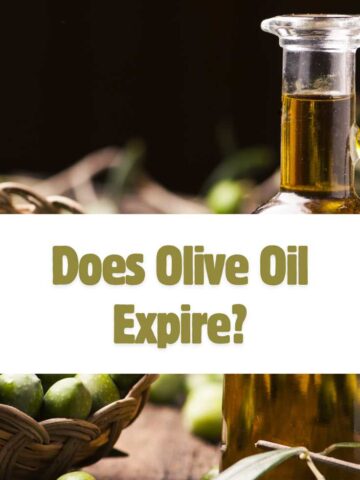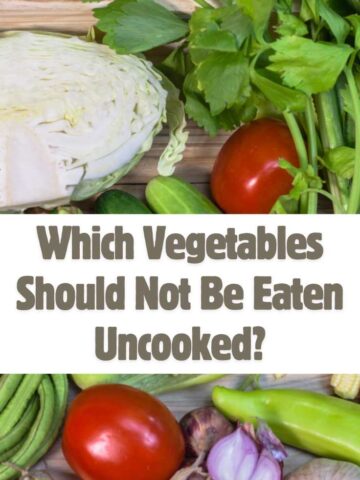Consumers have been purchasing acai, mangosteen, and coconut water like crazy recently. However, many people neglect to do their homework to see whether they'll be flushing their money down the toilet. Today, we'll take a look at wheatgrass to see whether it's worth the hype.

Jump to:
Wheatgrass: A Brief History
Ann Wigmore, a Lithuanian immigrant to the United States, popularised wheatgrass. She felt wheatgrass could heal sickness based on her reading of the Bible and observations of sick dogs and cats eating the plant. The Massachusetts Attorney General sued Wigmore in the early 1980s, claiming that her wheatgrass regimen may reduce or eliminate the need for insulin in diabetics. She was sued again in 1988 for claiming that her "energy enzyme soup" healed AIDS, but retracting the claim afterwards. She was ultimately told to quit pretending to be a qualified illness treatment specialist. Wigmore died in 1993, but her wheatgrass ideals carry on.
What is Wheatgrass, exactly?
Wheatgrass is the wheat plant's juvenile grass. Dog grass, quack grass, witchgrass, and couch grass are some of the other names for it. It may be grown both inside and outdoors in temperate climes in Europe and the United States. Wheatgrass may be simply grown by soaking wheat seeds in water and allowing them to develop.

The bitter, earthy taste of wheatgrass makes most people cringe, particularly when they take a "shot" of wheatgrass juice.
Nutritional Information
Two fluid ounces of concentrated wheatgrass juice provide 15 calories, 15% of your daily vitamin C dosage, and 20% of your daily iron dose. Vitamin E, calcium, and magnesium are also present.
The Speculation
Wheatgrass supporters believe that it provides a variety of health advantages, including increasing immunity, cleansing the body, and killing dangerous bacteria in the stomach. Cancer, anaemia, diabetes, skin disorders, colon cleaning, and joint discomfort are among the other claims. Wheatgrass has 70% chlorophyll, which is more than any other green leafy vegetable. This accounts for a lot of the buzz.

Wheatgrass has been the subject of few investigations, and the scientific data that is available does not support any of these health claims. Furthermore, the American Cancer Society concurs that there is insufficient research to back up any anti-cancer claims.
Others argue that drinking wheatgrass juice is an easy way to obtain all of your vegetables, but a "shot" of this green juice won't replace the phytochemicals and vitamin diversity you'll receive from eating a range of colourful vegetables.
Safety
Wheatgrass is generally regarded as harmless, however it might cause nausea, headaches, rashes, and constipation. It may easily be contaminated with germs or mould since it is cultivated in the dirt or water and eaten uncooked.
It is highly suggested that pregnant and breastfeeding women avoid all forms of it. You should also avoid it if you have a gluten intolerance or a wheat or grass allergy.
Bottom Line
Wheatgrass is neither a miraculous treatment nor a magical vegetable. If you can stand the strong grassy flavour, try it once in a while. You'd be better off conserving your money and nourishing your taste buds with a variety of tasty fruits and vegetables.




